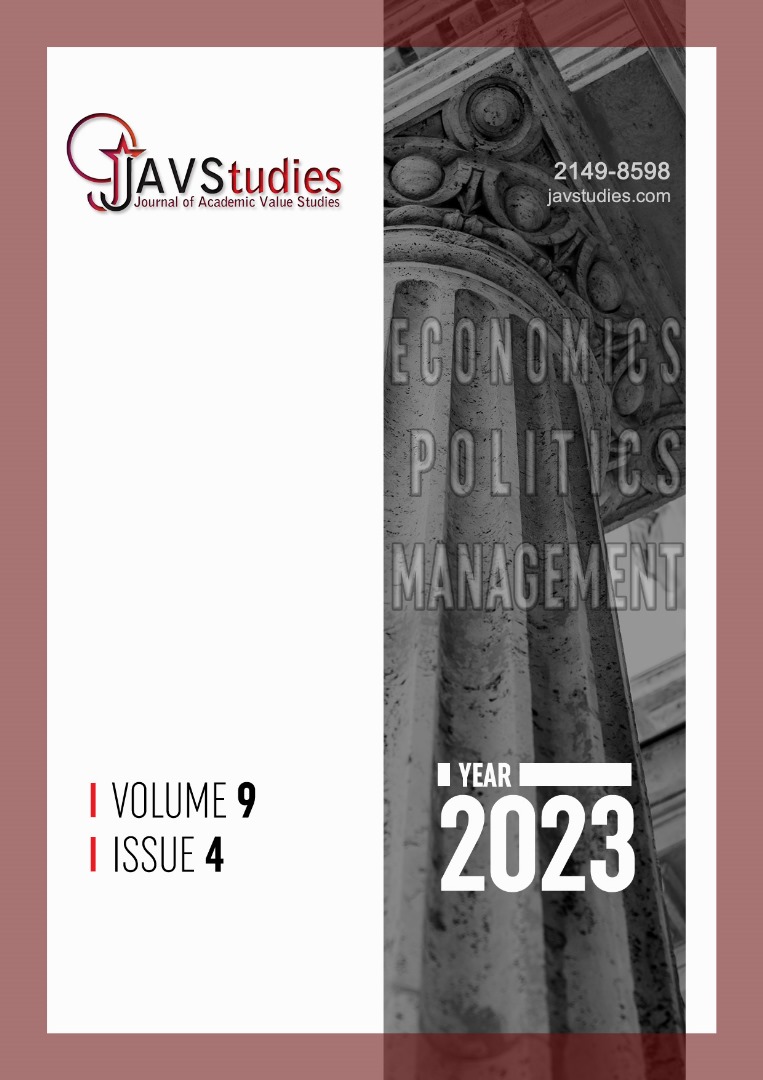Author :
Abstract
Yöresel ürünler bölgesel kalkınmada önemli bir yer edinmektedir. Bölgeye gelen turistlere perakende mağazalarda ve il dışındaki müşterilere internet ortamında satılmakta olan bu ürünler yerel halk için önemli bir gelir kaynağıdır. Artvin yöresel ürünleri aksesuar, yeme içme, gıda ürünleri, giyim kategorilerinde değerlendirilmiştir. Bu çalışmanın amacı Artvin yöresel ürünlerinin çok boyutlu ölçekleme yöntemiyle algısal haritalama yapılmasıdır. Algısal harita, pazar araştırmacıları ve işletmeler tarafından hedef müşterilerin belirli bir marka veya ürün hakkındaki görüşlerini ve hislerini göstermek ve anlamak için kullanılan bir grafiktir. Algısal haritalama ürün konumlandırmasında pazarlamacılara yol gösterici bir tekniktir. Çok boyutlu ölçekleme, bir veri setindeki her bir verinin uzaklıklarına göre benzerlik düzeylerini görselleştirme aracıdır. Araştırma kapsamında Artvin ilini ziyaret edenlere yöresel ürünler ile ilgili algıları çevrimiçi anket aracılıyla toplanmıştır. Algısal haritalama sonucunda elde edilen ürün konumları görselleştirilmiş ve yorumlanmıştır. Artvin'in yöresel ürünlerine ilişkin algılar; aksesuar, otantik, yeme ve içme; kalite, giyim; hediyelik eşya, ev ürünleri; çevreci, sağlıklı, gıda; geleneksel, güvenilir şeklindedir.
Keywords
Abstract
Local products have an important place in regional development. These products are sold to tourists and thus become a source of income for the local inhabitants. In scope of this research, Artvin local products were categorized as accessories, eating and drinking, food products and clothing. The aim of this study is to make perceptual mapping of Artvin local products with multidimensional scaling method. A perceptual map is a chart used by market researchers and businesses to show and understand the views and feelings of target customers about a particular brand or product. Perceptual mapping is a technique that guides marketers in product positioning. Multidimensional scaling is a tool to visualize the similarity levels according to the distances of each data in a data set. Within the scope of the research, the perceptions of the local products of those who visited the province of Artvin were collected through an online questionnaire. The product positions obtained as a result of perceptual mapping were visualized and interpreted. The perceptions of Artvin’s local products are accessory; authentic, eating and drinking; quality, clothing; souvenirs, household products; environmental, healthy, food; traditional, reliable features.





